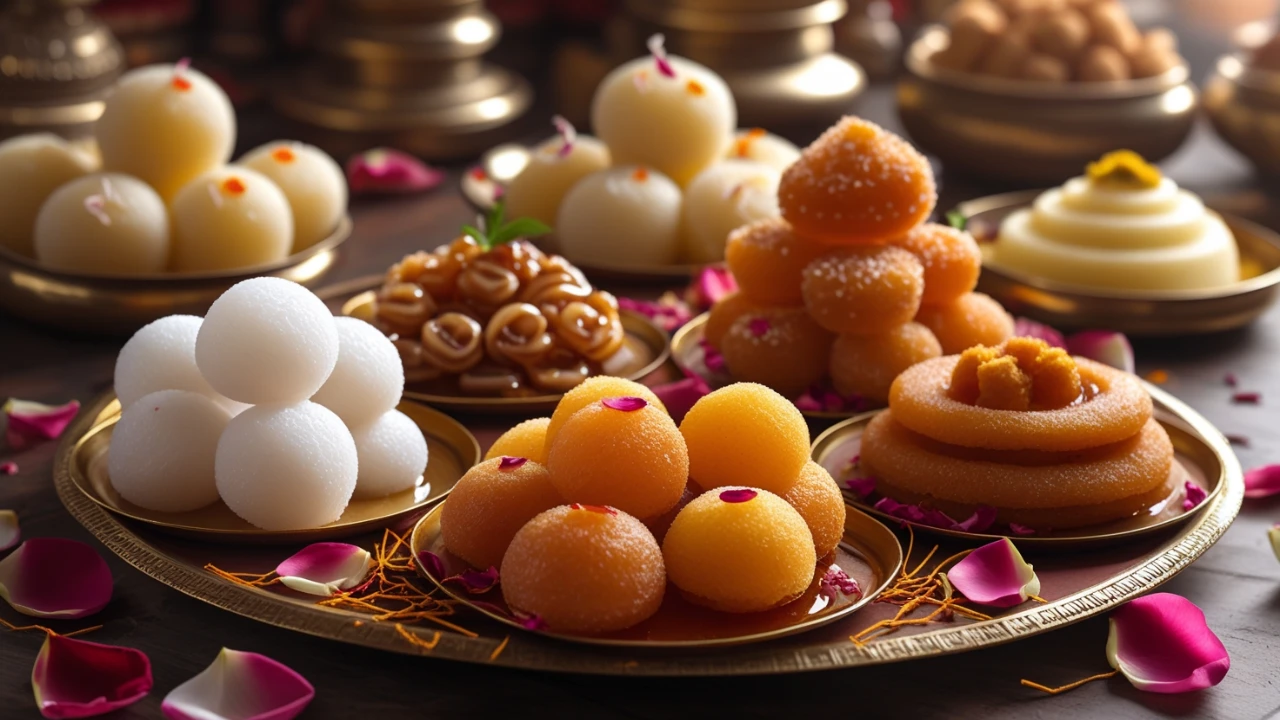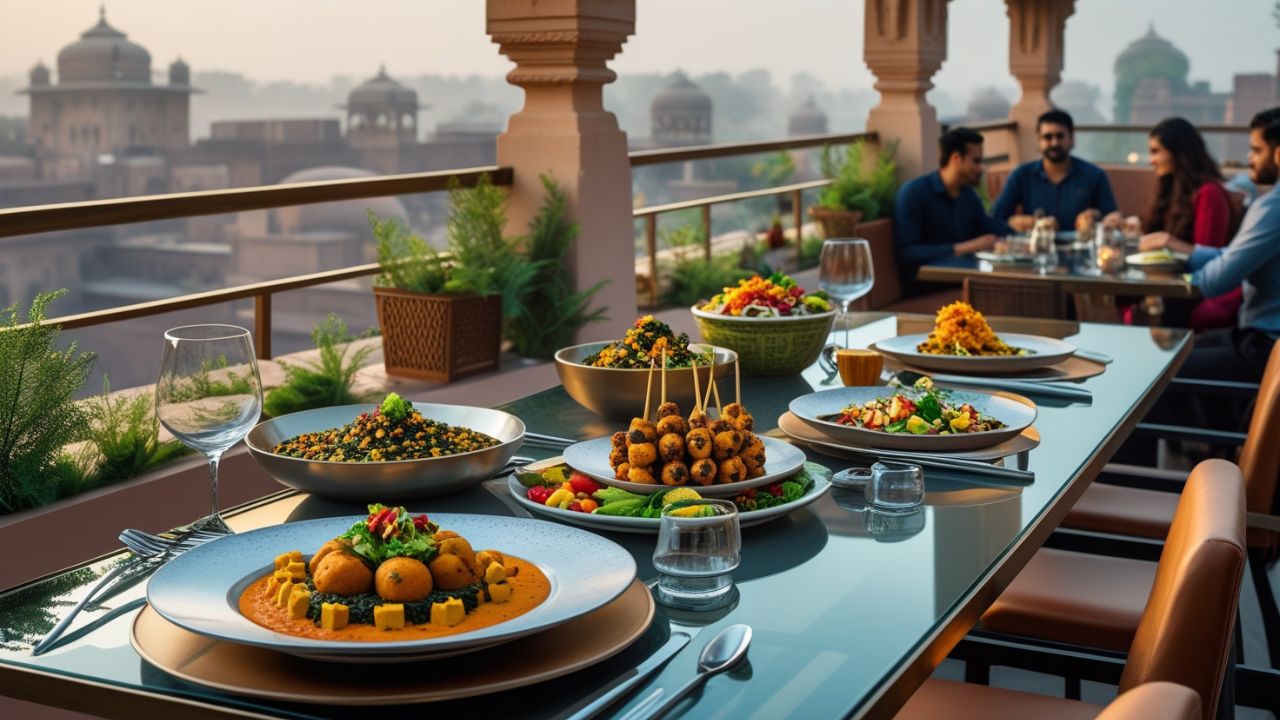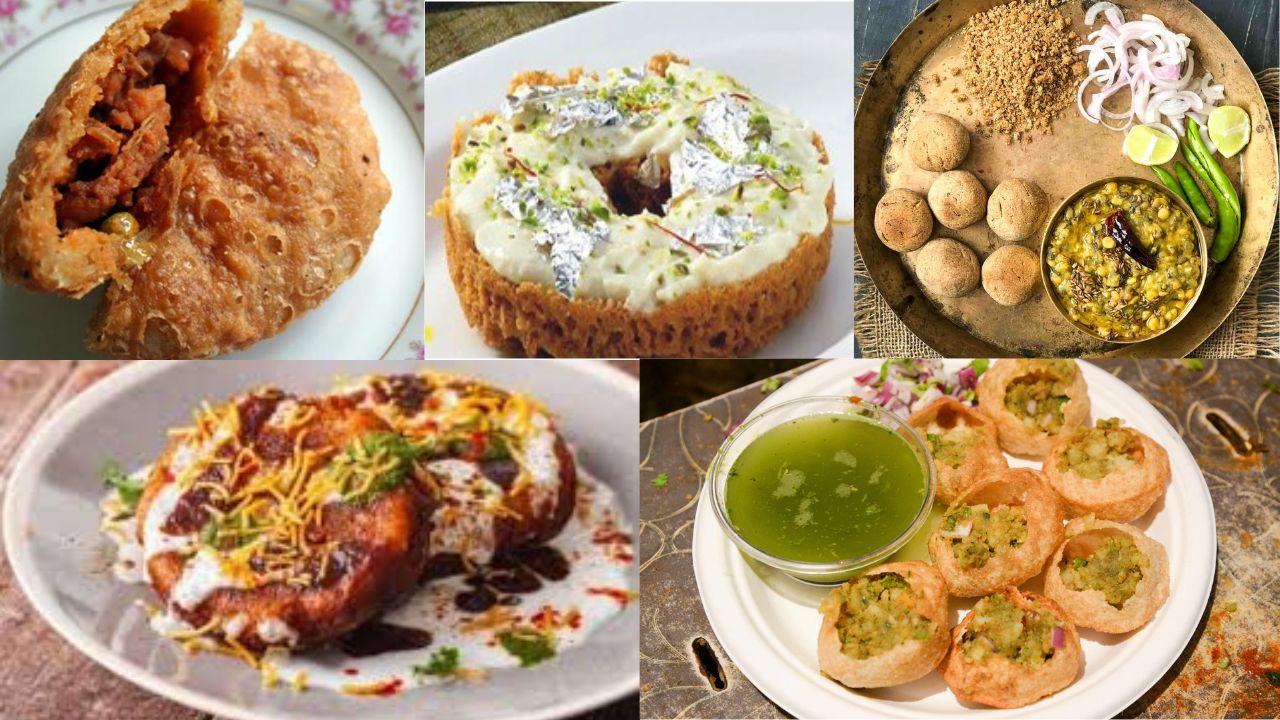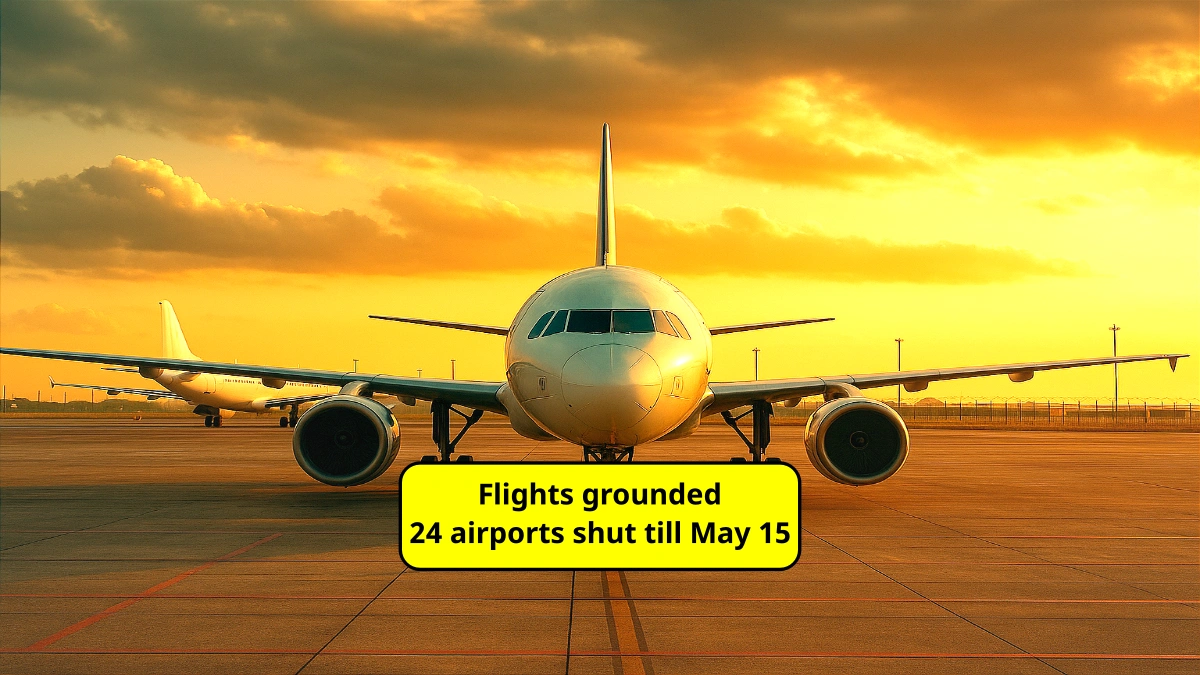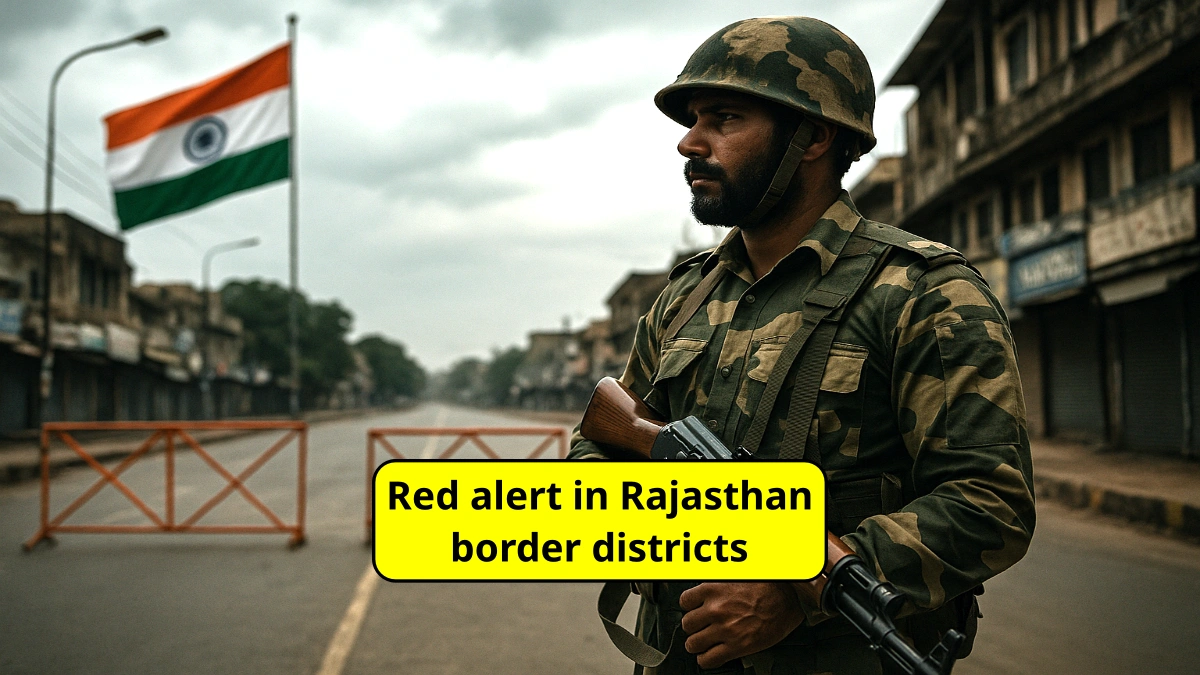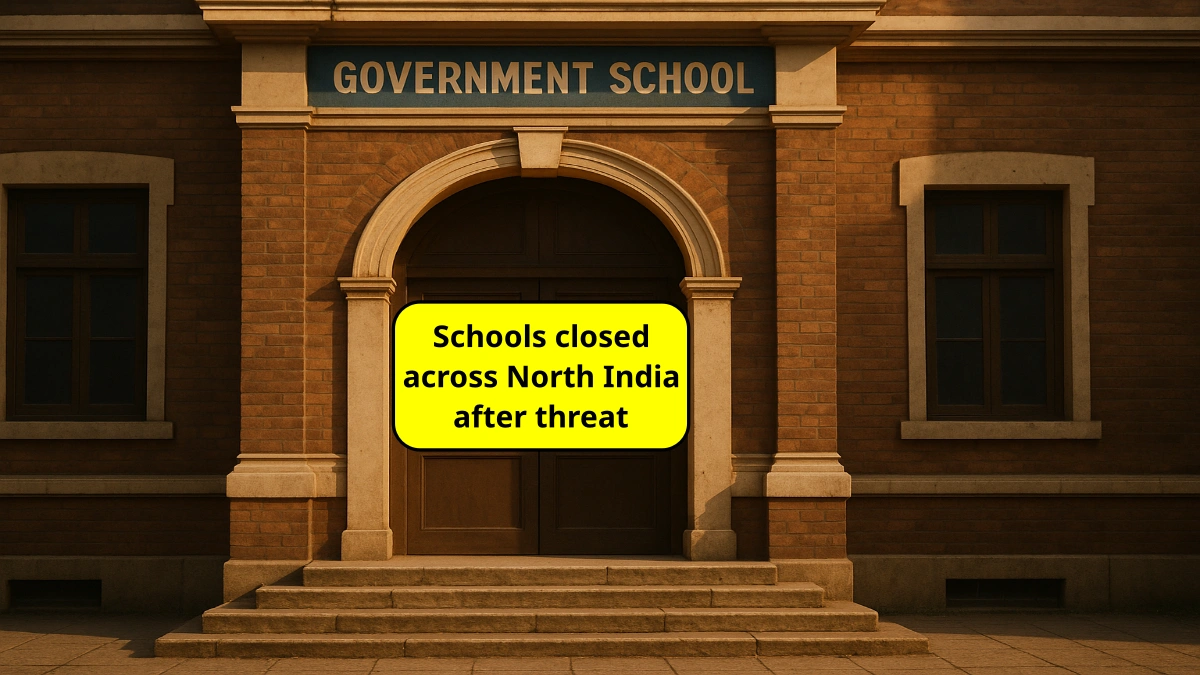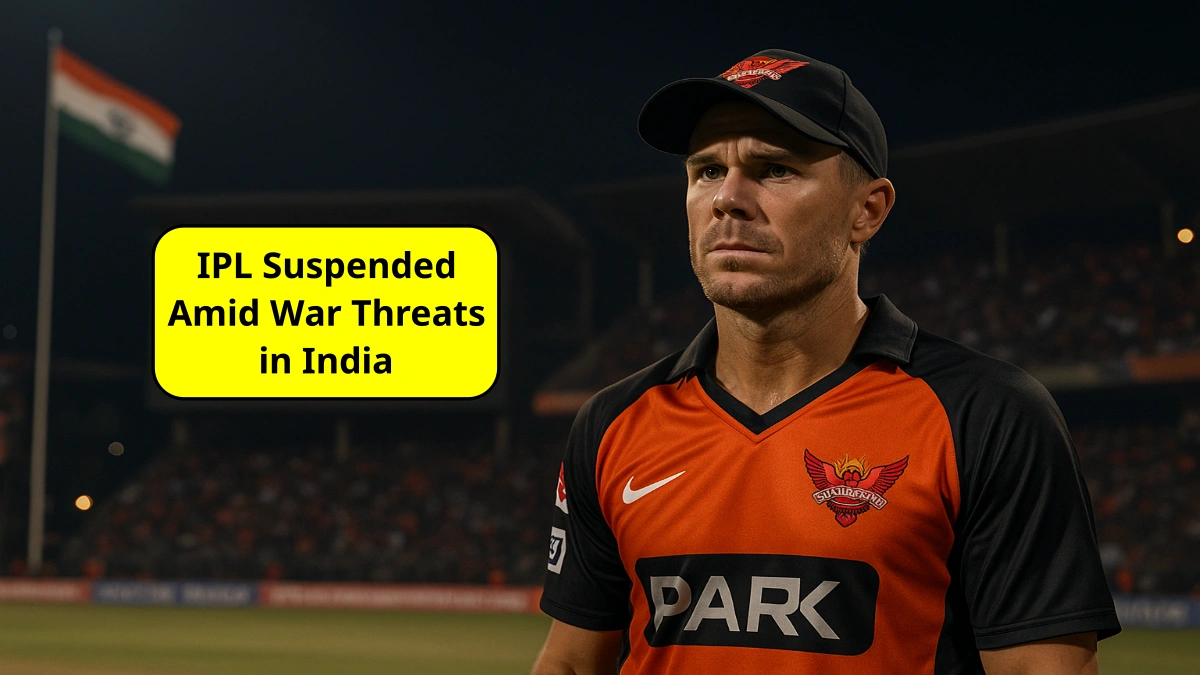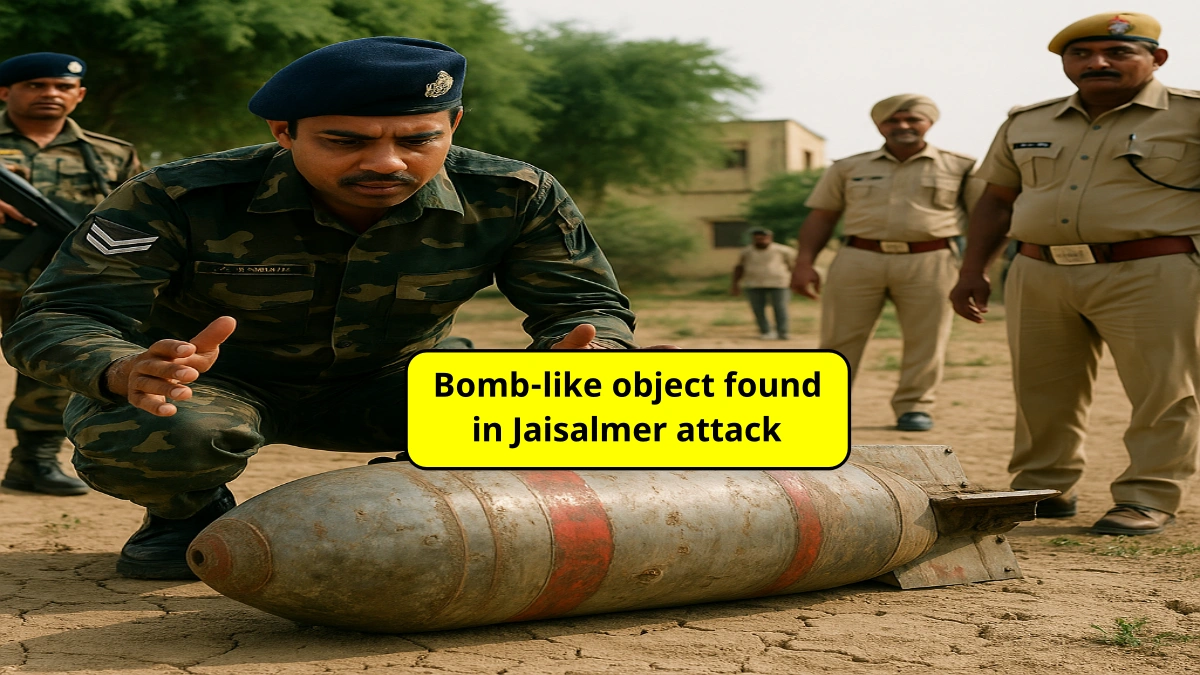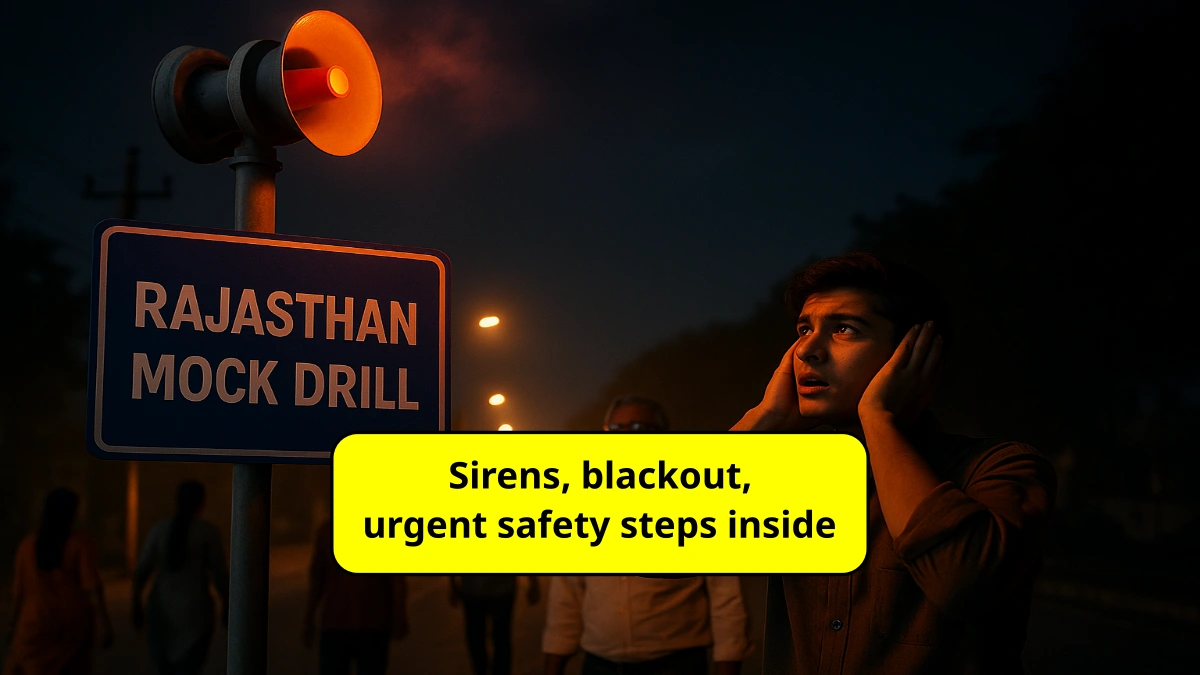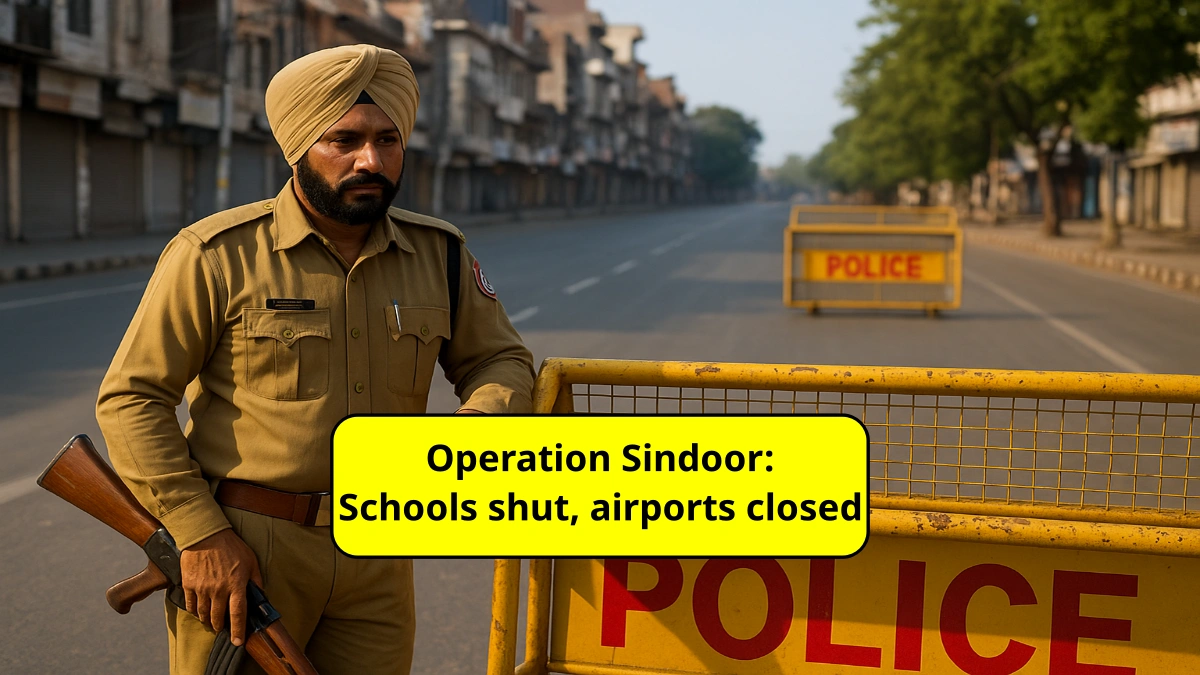India’s dessert culture is a rich blend of history, tradition, and flavors. Each region has its unique sweet dishes, some dating back centuries.
From the royal kitchens of Mughal emperors to the bustling sweet shops in Chandni Chowk, Indian desserts tell stories of heritage, innovation, and celebration.
This blog will guide you through India’s most famous dessert hubs, uncovering their origins, ingredients, and best places to try them.
Even you’re a traveler, a food enthusiast, or just have a sweet tooth, this list will ensure you never miss out on India’s most iconic sweets.
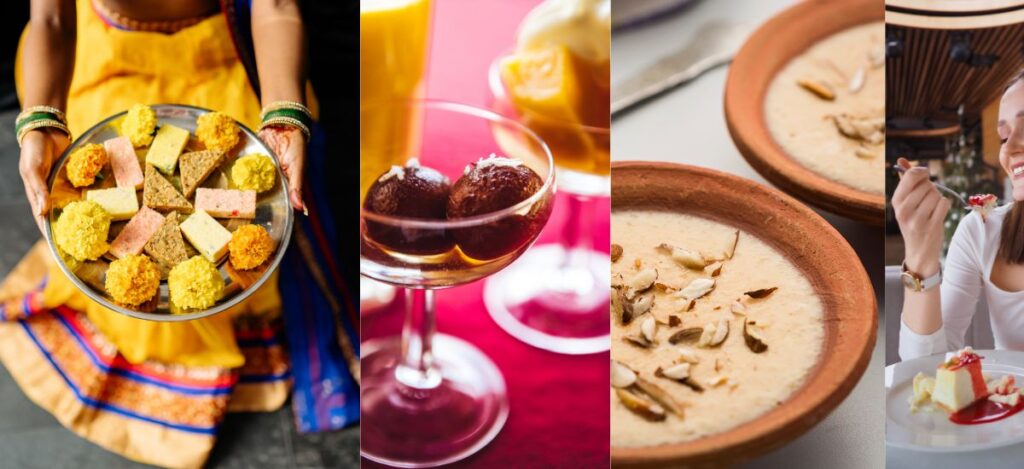
1. Kolkata – The Birthplace of Rosogolla and Mishti Doi
Historical Significance
Kolkata’s Rosogolla (Rasgulla) was first introduced by Nobin Chandra Das in the 19th century. This spongy, syrup-soaked sweet revolutionized Bengali confectionery and later earned Geographical Indication (GI) tag recognition for West Bengal.
Mishti Doi (sweetened yogurt) is another heritage delicacy, fermented in earthen pots, enhancing its rich texture.
Best Places to Try:
K.C. Das – The birthplace of Rosogolla
Balaram Mullick & Radharaman Mullick – Best for artisanal Bengali sweets
Nutritional Insights:
- Rosogolla: Low-fat but high in sugar; best consumed in moderation.
- Mishti Doi: Contains probiotics that aid digestion.
2. Jaipur – Ghewar and Mawa Kachori: A Royal Treat
Cultural Significance
Jaipur’s Ghewar is linked to the monsoon Teej festival, symbolizing prosperity. This honeycomb-textured dessert is made from flour, ghee, and sugar syrup.
Mawa Kachori, a deep-fried pastry filled with sweet khoya and nuts, originated in Rajasthan’s royal kitchens, evolving into a festival favorite.
Best Places to Try:
Laxmi Mishtan Bhandar (LMB) – Known for authentic Ghewar
Rawat Mishtan Bhandar – Famous for Mawa Kachori
Nutritional Insights:
- Ghewar: High in sugar and ghee but a great energy booster.
- Mawa Kachori: Rich in protein and calcium from khoya.
3. Lucknow – Makhan Malai and Shahi Tukda from Mughal Legacy
Mughal Influence on Desserts
Lucknow, the city of Nawabs, is famous for its Makhan Malai, an airy winter dessert made by churning milk and exposing it to the cold under moonlight.
Shahi Tukda, a Mughal-era dish, is a royal bread pudding infused with saffron and dry fruits, believed to have originated in the kitchens of the Awadhi emperors.
Best Places to Try:
Chowk Market – Best for authentic Makhan Malai
Aminabad Sweets – Famous for Shahi Tukda
Nutritional Insights:
- Makhan Malai: Low in sugar, high in protein.
- Shahi Tukda: Dense in calories due to ghee and sugar.
4. Hyderabad – The Royal Qubani ka Meetha and Double Ka Meetha
Nizam Influence on Desserts
Hyderabad’s Qubani ka Meetha (apricot pudding) was introduced by the Nizams of Hyderabad, who had a taste for Persian-inspired dishes.
Double Ka Meetha, a version of Shahi Tukda, is another legacy dessert made from bread, milk, and saffron.
Best Places to Try:
Paradise Restaurant – Famous for Qubani ka Meetha
Shah Ghouse Café – Best for Double Ka Meetha
5. Mumbai – Modak and Puran Poli: Festive Favorites
Religious & Cultural Importance
Mumbai’s Modak is an integral part of Ganesh Chaturthi celebrations. Legend has it that Lord Ganesha’s favorite food was this dumpling, made with coconut and jaggery filling.
Puran Poli, a Maharashtrian flatbread stuffed with sweet lentils, is a traditional offering during festivals like Holi and Diwali.
Best Places to Try:
Aaswad – Best place for authentic Puran Poli
Prakash Shakahari Upahar Kendra – Famous for Modak
6. Delhi – The Iconic Daulat Ki Chaat and Jalebi with Rabri
Heritage of Delhi Sweets
Delhi’s Daulat Ki Chaat is a winter delicacy made from whipped milk, saffron, and dry fruits. It’s a rare dessert, prepared only during cold months.
Jalebi with Rabri is a classic Old Delhi favorite, combining crispy deep-fried Jalebi with thickened Rabri for an indulgent treat.
Best Places to Try:
Chandni Chowk (Dariba Kalan Lane) – Best for Daulat Ki Chaat
Bengali Market – Famous for Jalebi with Rabri
7. Mysore – The Legendary Mysore Pak
Historical Background
Mysore Pak was invented in Mysore’s royal palace during the reign of Krishnaraja Wadiyar IV. This ghee-rich sweet is now a staple in South Indian celebrations.
Best Places to Try:
Guru Sweets – Famous for traditional Mysore Pak
Sri Krishna Sweets – Known for its soft Mysore Pak
FAQs
Q1: What is India’s most famous dessert?
A: Some of India’s most famous desserts include Rosogolla, Jalebi, Mysore Pak, and Modak.
Q2: Which city in India is best known for sweets?
A: Kolkata, Lucknow, Jaipur, and Mysore are among the top cities renowned for their signature sweets.
Q3: Are Indian sweets healthy?
A: While many Indian sweets are high in sugar and ghee, some like Mishti Doi and Qubani ka Meetha have health benefits when consumed in moderation.
Q4: When is the best time to try seasonal desserts in India?
A:
- Winter: Makhan Malai, Daulat Ki Chaat
- Monsoon: Ghewar
- Festivals: Modak (Ganesh Chaturthi), Jalebi (Diwali)
Conclusion: A Journey of Flavors and Heritage
Exploring India’s desserts is more than just a culinary adventure; it’s a way to experience the rich history and traditions of different regions.
From the Nizams of Hyderabad to the royal kitchens of Mysore, these sweets hold a legacy that continues to delight generations.
Which dessert city is your favorite? Let us know in the comments!

